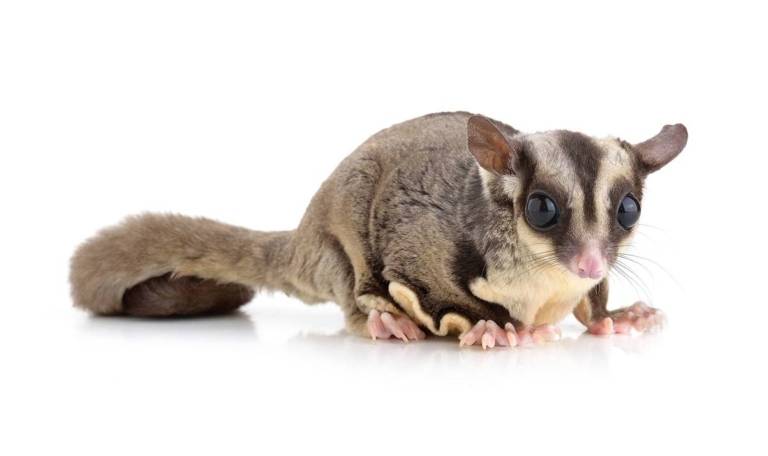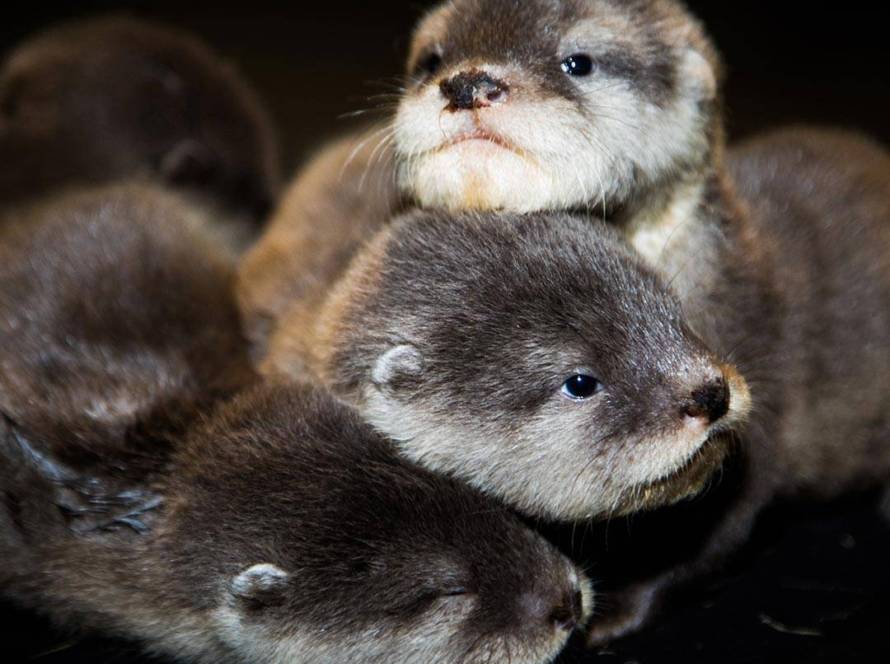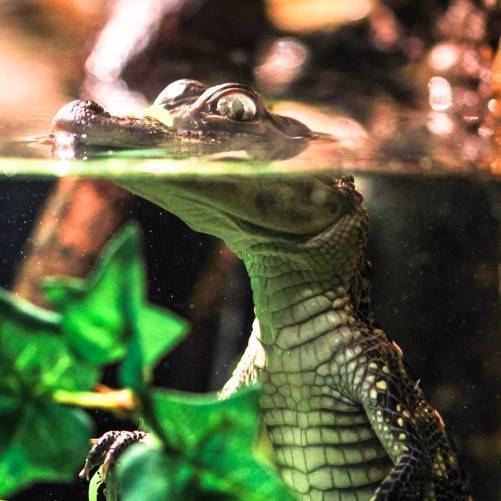Flying squirrel “sugar gliders” (Petaurus breviceps) are highly social squirrel-sized creatures that live in small colonies in the forests of Australia and New Guinea.

Their length is 120-320 mm including the head and body, and their tail is 150-480 mm long. Each colony is a family of seven adults and their offspring, and each family maintains a certain number of eucalyptus trees that provide them with a primary food source. Sugar gliders are nocturnal creatures, rarely landing on the ground as they find both shelter and food in the trees. They got their name from the fact that they like to eat forest sweets such as acacia gum, eucalyptus extract and flower nectar. Their diet includes sweets as well as lizards and small birds. So much so that their irresistible appetite for fast parrot puppies, which is an endemic species of Tasmania, has put this species on the “endangered species” list.
The most distinctive feature of sugar gliders; It is the soft membrane between the wrists and the ankles, called the patagium, that allows it to glide from tree to tree as if using a parachute. “Ankle-wing gliders” can travel through the air, gliding almost the width of a football field.
Excellent aviators, sugar gliders can nod and fidget, calculating their glide distance and glide rates well before allowing themselves to glide through the air. Once airborne, they tilt their hands and arms, control the tension in their wings and use their tail as a rudder to steer their way to their target.
Sugar gliders have a complex communication system, communicating with each other by barking, hissing, screaming or cat purring.
Sugar gliders are currently in the “low risk” group, but due to the interest in small and cute creatures like sugar gliders, animal trafficking poses a great threat to their descendants.




